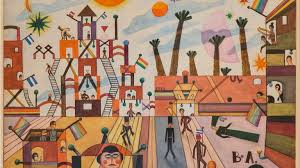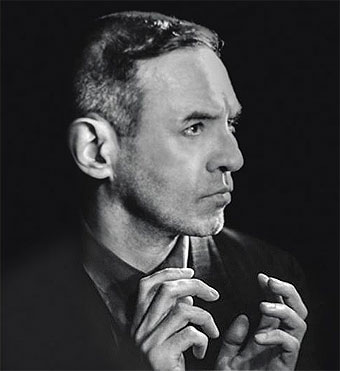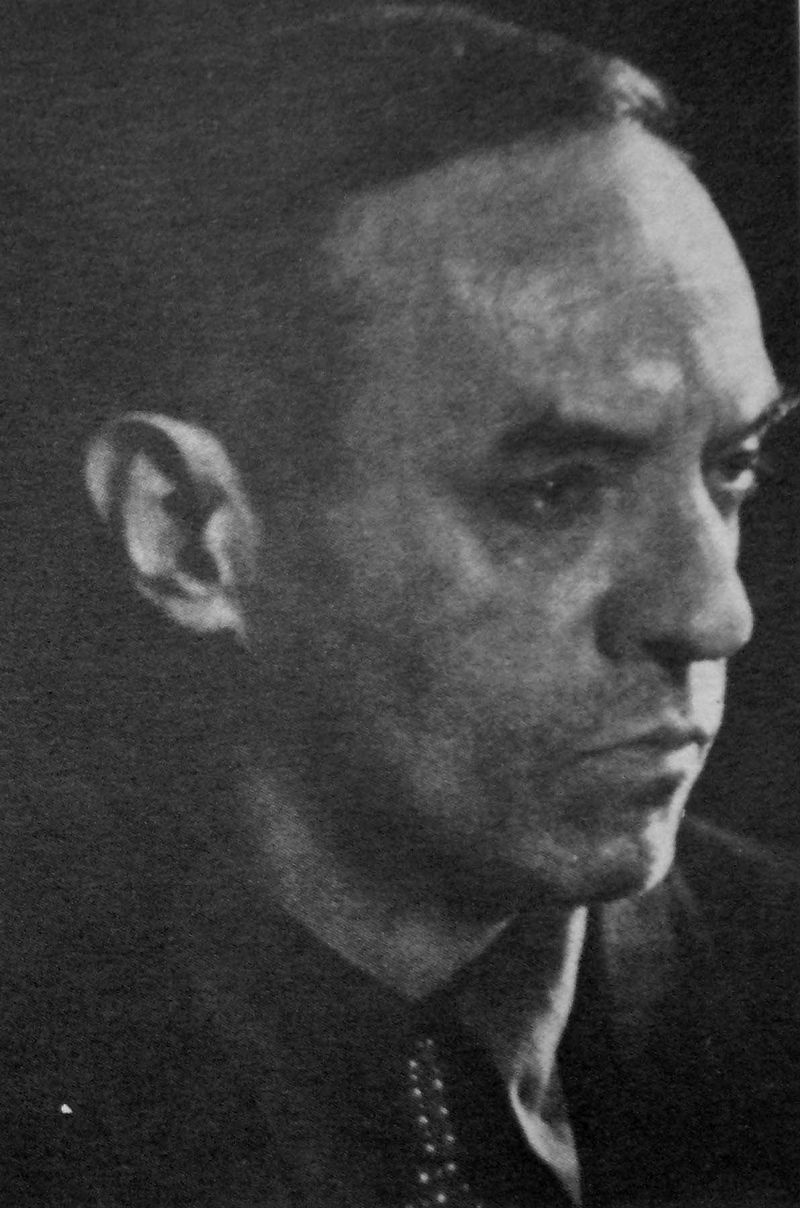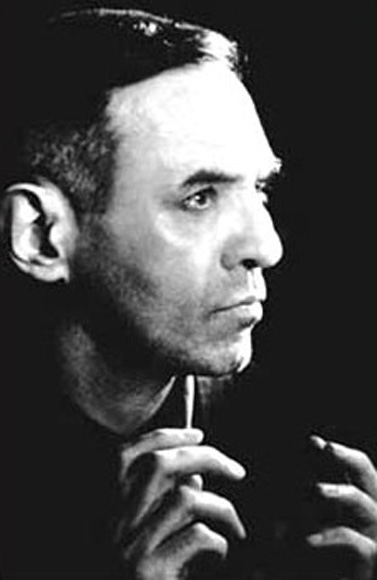
1887 - 1963
Xul Solar

description
Oscar Agustín Alejandro Schulz Solari (Xul Solar) was an Argentine artist, sculptor, writer and musician. Oscar Augustin Alejandro Schulz Solari, better known as Xul Solar, played a significant role in the development of Argentina’s avant-garde art. He organized many art exhibitions, was friendly with Argentinean writers and was a member of the Florida group, the members of which followed cutting-edge trends in painting and literature.
Being a quite eccentric person, Xul Solar was engaged in astrology, occultism and magic. The artist was much interested in the ancient traditions of his people; this is directly reflected in his painting and sculpture. Adding Solari to his mother’s surname, the artist received the name that literally means “Light of the Sun” and indicates the artist’s proximity to the universal source of light and energy.
Xul Solar’s works are deeply individualized. His style reflects the diverse interests of the artist, his desire to comprehend the secrets of the past and the future and his desire for universal harmony. Riddles of the cosmos, ancient myths and legends, prophecies and religious teachings are the basis for his paintings that are rich in colouristic solution and semantic content.
Key ideas:
– Xul Solar was an incredibly multi-faceted person. He composed poetry and music, wrote scientific articles, studied religions and traditions of ancient peoples, developed astrological charts, knew about twelve languages, and even invented a universal communication system. All these hobbies to one degree or another are reflected in his painting, which is a unique combination of mysticism, religion, philosophy and the artist’s imagination.
– He was very interested in the medieval art of Europe and different forms of primitive art, including naïve art and childlike drawing. The artist strove for an intuitive and spontaneous expression in painting and believed that important “spiritual truths” could be revealed with the help of a simplified approach. Also, such modern artistic trends of Solari’s time as Expressionism, Dada art and Surrealism found their place in his art.
– He created a unique system of symbols understandable to most people, regardless of the country they live in. The expressive figures in many of his works simultaneously resemble statues of Egyptian gods, pagan totems of American Indians and faces of Christian saints. In his paintings, Xul Solar also often used generally accepted signs and symbols denoting the sun and water, heaven and earth, birth and death.
– The most important works in the artist’s creative legacy are his landscapes painted in the 30s and 40s. Those mystical paintings immerse the viewer in the world of distorted reality and vivid fantasy. In some works, objects, creatures and symbols are located in a flat pictorial space isolated from the real world; in others, they are in a kind of earthly landscape with a strange curved perspective and a shifted center of gravity.
1887
1912
1916
1920
1924
1930
1940
1963
The artist was born
Started traveling around Europe

«Xul Solar»

Held his first exhibition in Milan

Took part in an exhibition of Latin American artists in Paris

He was one of the organizers and participant in the exhibition of contemporary artists in Buenos Aires

The artist created a series of works called “Grafía”

The artist died

